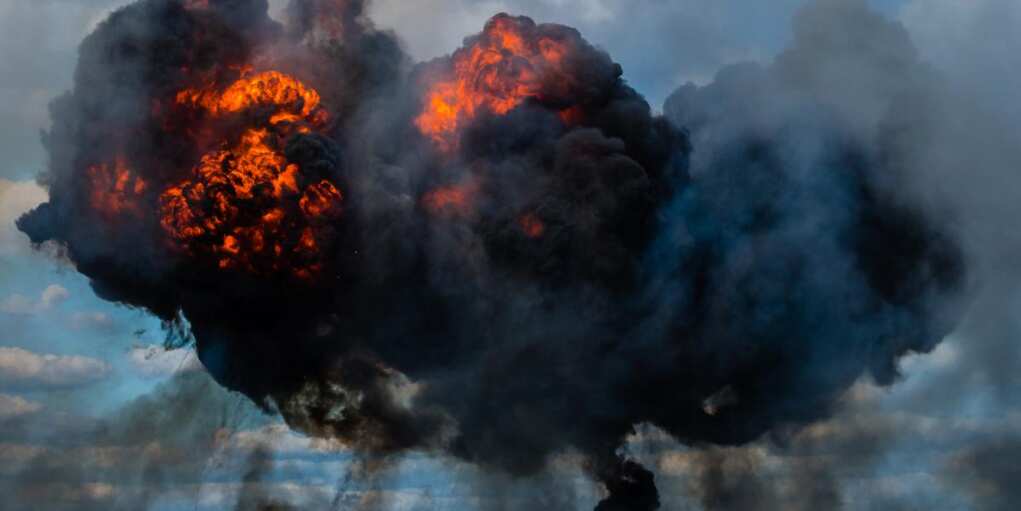Iran Launches Major Attack On Israel

Israel and Iran are now on the brink of something the world hoped wouldn’t come: direct, sustained conflict between two bitter enemies with advanced weapons and a long memory.
Early Friday, Israel struck hard and fast—destroying key nuclear development sites, major oil refineries, and taking out top Iranian military brass in what Israeli officials described as a necessary blow to stop Tehran from acquiring nuclear weapons. According to Israel Defense Forces (IDF) spokesman Effie Defrin, over 200 Israeli aircraft struck more than 100 targets using more than 330 precision-guided munitions.
Iran’s reply came hours later, when it launched more than 100 drones in retaliation. Though the IDF has not specified when those drones will reach Israeli airspace, comparisons to Iran’s April 2024 assault suggest it could take several hours. At that time, drones were paired with ballistic missiles, but almost all were intercepted.
Unlike previous Iranian provocations—which were either through proxies or hybrid tactics—this new wave comes directly from Iranian territory. That alone marks a dangerous escalation and an open challenge to Israel’s military supremacy. Analysts are already speculating that the drones may be armed with explosives or surveillance equipment, but it’s unclear what their precise target might be.
One major concern: Iran’s air defense network is in shambles. According to Israeli sources, Iran’s once-formidable Russian-supplied SAM systems were largely destroyed during retaliatory strikes following missile attacks in April and October of 2024. This leaves Tehran highly vulnerable to follow-up Israeli attacks—and also suggests that Iran’s drone launch might be more symbolic than strategic.
The stakes couldn’t be higher. Israeli officials stated that the Islamic Republic was just “weeks” away from assembling 10 to 15 nuclear warheads. That claim, which Israeli intelligence has long tracked, prompted this week’s preemptive air campaign.
In a press conference Friday morning, the IDF stopped short of declaring victory but said the blow to Iran’s military and nuclear ambitions was severe. Whether that’s enough to halt Iran’s ambitions—or just pour gasoline on the fire—remains to be seen.
International observers are now watching Israel’s Iron Dome and David’s Sling air defense systems closely, awaiting reports of interceptions or successful strikes. If even a handful of Iranian drones get through, the region could tip from proxy skirmishes into a full-fledged war with unpredictable global consequences.
This tit-for-tat escalation comes at a fragile time for the world stage, as Russia remains locked in war with Ukraine and China grows increasingly aggressive in the Pacific. Any significant blow to Israeli infrastructure—or a heavy civilian death toll—could bring U.S. support or trigger retaliatory strikes beyond Iran’s borders.
For now, the skies above Israel are full of incoming threats—and the region is full of uncertainty. What follows this round may depend less on politics and more on who controls the air in the coming hours.
